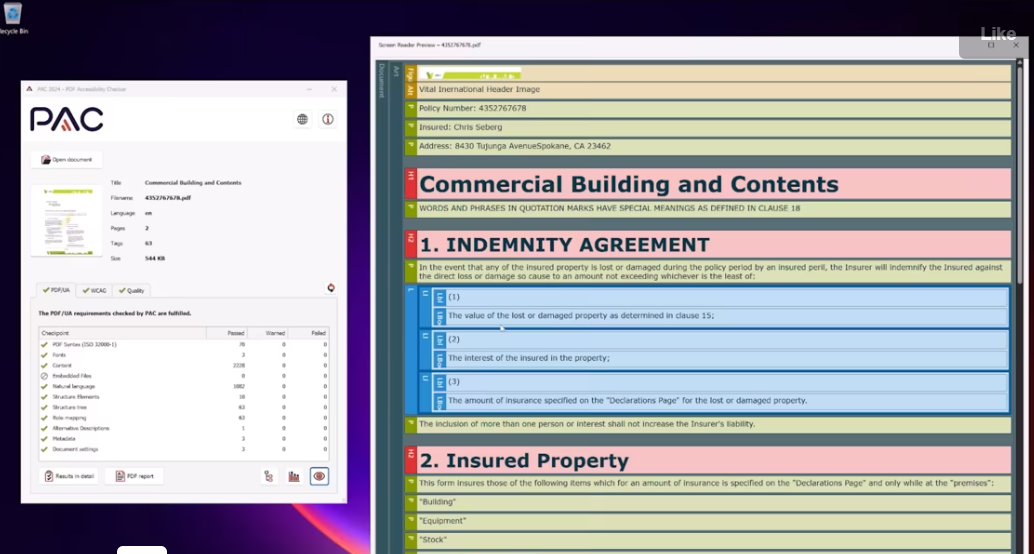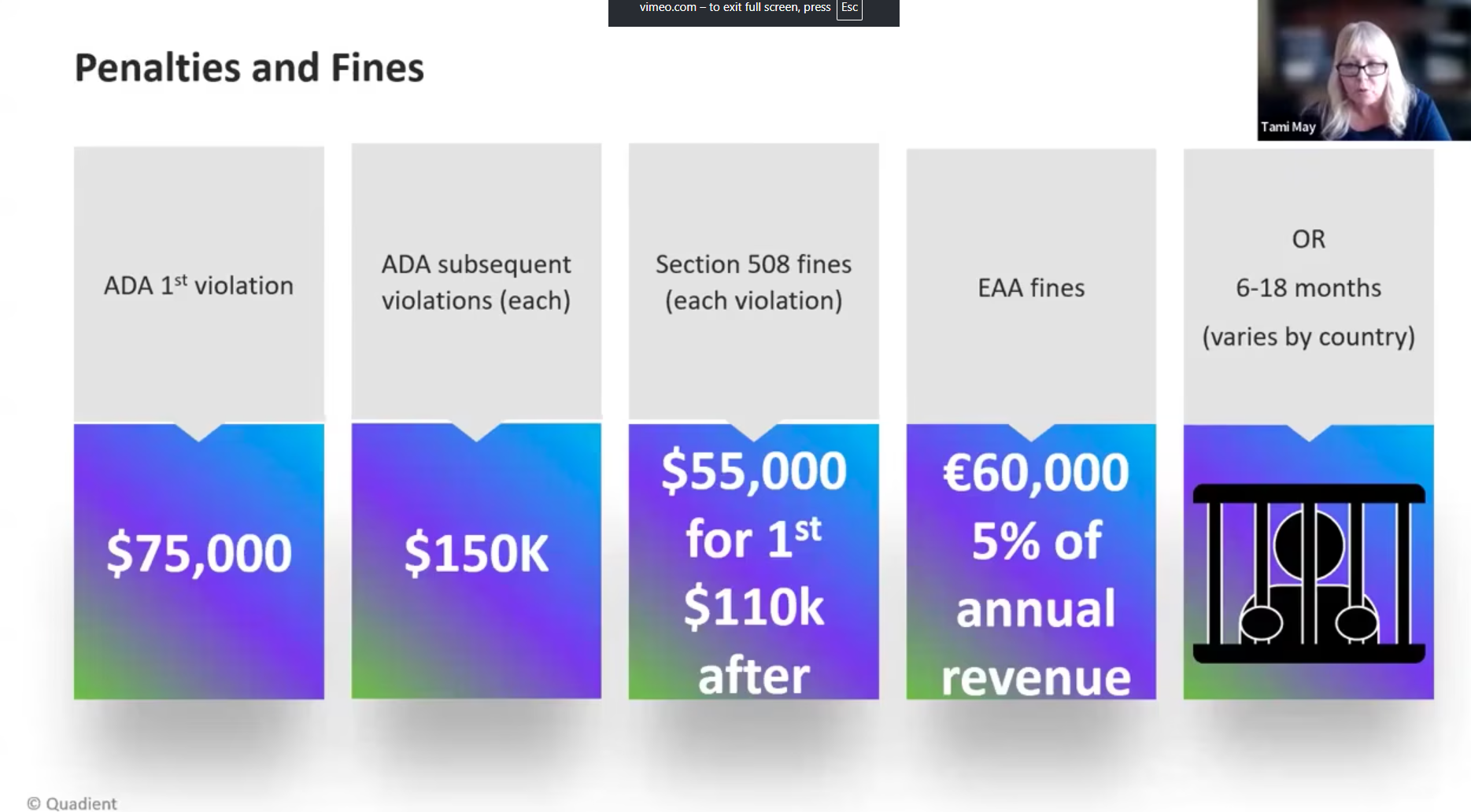
The accounts receivable (AR) aging report is a critical tracking mechanism for cash flow planning. A basic AR aging report features total owed by client and then a breakdown into aging categories (30-60 days, 60-90 days, etc.) It's a snapshot of which clients are in good standing and which are delinquent on their bills.
The AR aging report lets you keep your finger on the pulse of your cash flow. Assessing which clients aren't paying in a timely fashion can alert you to underlying issues. Late payments can signal a client's financial instability, dissatisfaction with products or services, problematic (or erroneous) invoicing, a relationship disconnect, or other serious problem.
What Should the Report Include and Why?
When running an AR aging report, no matter what accounting application you use, the categories on a default report are in 30-day segments. A high-level report displays client names, with five columns across the report displaying invoicing by age from invoice date.
With the assumption of net 30 invoice terms, a standard AR aging report will display:
- Current - These are invoices sent but not yet due.
- 1-30 days - These are invoices overdue by one to 30 days.
- 31-60 days - These are invoices overdue by more than one month and up to two months.
High-level AR aging reports show client activity clumped by date. You can also run detailed AR aging reports with specific invoice information that can alert you to an instance of a mispaid invoice versus a habitually tardy client.
If your payment terms are net 10, 15, 45 or another time period, you can define the timeframes in your application parameters, so your aging reports display delinquency tethered to your credit policies. If your reporting doesn't align with your credit terms, you’ll have a skewed perception when reviewing AR aging reports.
Featured Resource: The Ultimate AR Benchmarks Report

What Other Segmentation Methods Can a Company Use on AR Aging Reports?
Depending on your tracking software, you can run customized AR aging reports that offer greater insight into the timing of remittances. These can include parsing by region, salesperson, collector, and amount. Customized reports allow you to identify internal versus external issues in the accounts receivable process.
Why are Aging Reports Important?
AR aging reports are the first step in highlighting potential issues before they become problematic. By tracking AR aging on at least a weekly basis, you can identify concerns before they spin out of control and trigger a cash flow crunch. AR reports are critical to improving receivables performance.
Some insights to be gained from AR aging reports:
- Internal vs. external issues - If one invoice from a client lingers unpaid, it could be that your accounting department misplaced the bill instead of the client’s bookkeeper letting it fall through the cracks.
- Sales training opportunities - If one salesperson has consistently late-paying clients, it may be a matter of emphasizing to the rep the importance of encouraging timely remittance, or identifying if the sales rep is overselling on features or functionality.
- Regional difficulties - If one region is continually problematic for AR aging, perhaps that segment needs an overhaul of customer credit policies or a stricter review process for issuing credit.
- Across-the-board delinquency - If all your AR sees above-average days delinquent, that can signal a systemic problem. Are you out of step with industry invoice terms? Are your clients dissatisfied?
In some cases, the answer may be as simple as understanding your clients’ accounts payable processes. If they only cut payments once a month, realigning your invoice timeline with theirs can correct the issue and ensure you're paid on time while respecting their processes. Utilizing an AR aging report in your financial management can provide invaluable insights into your outstanding invoices and cash flow, and integrating it with your existing ERP such as QuickBooks can streamline the tracking and collection process for enhanced financial control and efficiency.
How Are These Reports Used, and Which Teams Look at Them Each Month?
While AR aging reports originate in the accounting department, company-wide dissemination and discussion should produce better results. All stakeholders, including senior management, sales department heads, and sales reps, should review and understand these reports. Everyone impacted by, or who can affect the success of, accounts receivable collections should have access to this all-important report.
If you're ready to take control of your AR collections and improve Days Sales Outstanding (DSO), contact YayPay for a free consultation today!








